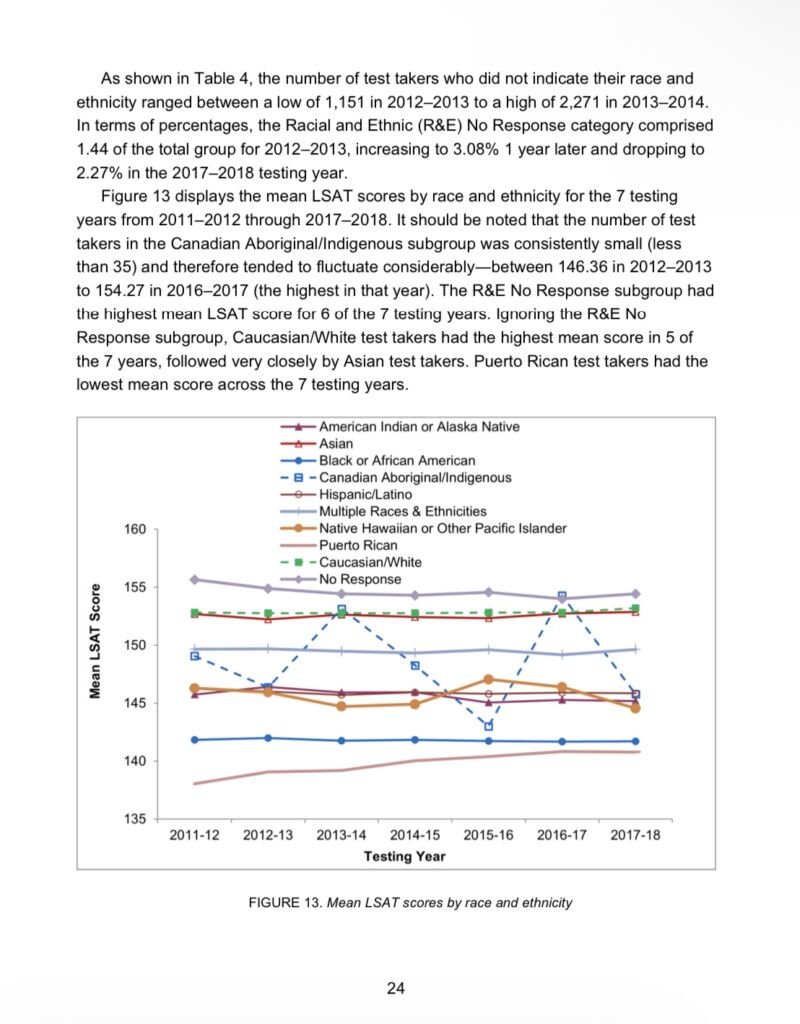The Nature of “Black Culture”

Photo courtesy of GoodFon.
1,760 words
As black violence increasingly plagues American society, even the most milquetoast moderate whites are beginning to concede that something is amiss with blacks. But most are yet unwilling to identify the true source of the problem and instead cite things such as “Democrat-run cities” or “inner-city violence.” Other, more daring moderates argue that “black culture” contributes to the rising violence in our cities and must therefore be addressed. Both viewpoints are wrong.
Although the latter view might constitute a starting point for some in their philosophical journey toward race realism, it is still wrongheaded and counter-productive. Whites no longer have the luxury of pandering to blacks or engaging in falsehoods. It is time to be honest with ourselves. Race and culture cannot be disentangled. In fact, the former begets the latter.
What is “Culture”?
When an individual consistently performs an action, good or bad, we refer this as his “behavior,” and we correctly assign moral responsibility to that individual for that behavior. We correctly perceive that the individual chose to engage in the behavior.
When a racial group engages in a consistent and predictable pattern of behavior, however, we often refer to it instead as “culture,” and we frequently do not assign moral responsibility to the group. Many instead speak of this culture as if it were somehow independent from the individuals who engage in it, as if it were some malleable and amorphous cloud floating over a certain group’s head, influencing them to behave in certain ways.
The implication of this way of viewing culture is that, if one could somehow change the culture for the better, the behavior of a group’s individual constituents would improve. For example, if rap music would stop glorifying drugs and gun violence, the black community would stop engaging in drug crime and gang shootings. And if black polemicists would stop promoting a victim mentality, blacks would stop being angry with whites.
Of course, none of these aspirations ever materialize, and this is because they represent a complete misunderstanding of the nature of culture. Culture is not separate from one’s race. Culture is the outward expression of one’s race. Put another way, culture is nothing more than individual behavior writ large.

You can buy Greg Johnson’s White Identity Politics here.
When one blames an individual for his bad choices, everyone understands that said individual is morally responsible for those choices; but, upon witnessing a consistent pattern of bad behavior from the individual constituents of a racial group, many moderate whites blame culture rather than its individual constituents, thereby absolving those individuals of accountability.
Those who blame “bad culture” for poor behavior appear to believe that the culture causes the bad behavior to occur, which is incoherent once culture is properly understood. In truth, culture is merely a perception of behavioral patterns. Culture cannot cause any behavior at all. People cause behavior. People are responsible for their behavior. “Culture” is simply a convenient term we utilize to describe that behavior when it reaches a critical mass.
Culture has no agency, because culture is not a standalone entity. It cannot exist independently of those who embody it, and it only exists in the perception of the viewer. In one sense, culture does not exist at all, because it is strictly a phenomenological event.
Comparing Theories
Let us compare two competing theories: first, the popular claim that “Bad culture influences people to behave badly,” and second, the assertion that “Genetics cause predictable behavior within a racial group.”
Once culture is correctly understood as behavior writ large, the former assertion reveals itself to be fallacious. “Bad black behavior causes blacks to behave badly.” This is a near-tautology. Yes, to some extent, a person witnessing others behaving badly may be more inclined to behave badly; but which comes first? Bad behavior by blacks comes first from blacks themselves, so we are back to square one: Blacks behave badly. It would make sense to allege that bad black behavior negatively influences white people, but it is circular to proclaim that “Bad black behavior causes bad black behavior.”
The test of any theory is its explanatory power and predictive ability. When assessing the validity of descriptive claims, one must determine which claim most accurately explains the current state of affairs and which best predicts future events. Whichever claim can best do both prevails. With this in mind, consider the second assertion, which can be formulated thusly: “Genetics predisposes blacks to aggressive behavior.”
American blacks have significantly higher testosterone levels on average than do whites, with 19% higher testosterone levels and 21% higher free testosterone levels.[1] On this basis alone, one would expect blacks to be more aggressive than whites. In addition to having higher levels of testosterone, blacks also have a lower average IQ than whites. Over a century of IQ tests of varying formats have proven this fact.
The most commonly taken IQ exam, the Scholastic Assessment Test (SAT), which tests both mathematics and verbal ability, consistently demonstrates this racial disparity. In 1976, the average black SAT score was 240 points lower than the average white score. In 1988, the average black score was 189 points lower.
In 2016, the SAT, which was created in 1926, was redesigned in order to generate higher test scores. While it did accomplish this goal overall amongst all test-takers, the prior racial gap between white and black scores remained the same as before the redesign. In 2020, over 2.1 million high school seniors took the SAT. On the math section, black students scored an average of 454 and white students scored an average of 547. 59% of these white test-takers met the “college readiness benchmark” in mathematics, while approximately 22% of blacks did. Black high school seniors who took the test in 2022 scored an average of 926 overall, while white seniors scored 1099 overall — 173 points higher.
The law school entry exam (LSAT) tests critical thinking and reading comprehension. Test-takers can score between 120 and 180. Between 2011 and 2018, LSAT results reflected the same racial gap. White test-takers performed the best of any racial group, with an average score of 153, while black test-takers scored nearly the worst, with an average score of 142.[2]
It is hardly a leap to conclude that a group of people with higher testosterone levels and lower average IQ would be more prone to making poor life choices involving aggression and impulse. Anecdotal evidence affirms this conclusion, as do official FBI crime statistics.
A well-circulated FBI crime table which lists homicide offenders from 1980-2008 by race indicates that 52.5% of the known offenders were black. The table does not distinguish between whites and hispanics as a racial category, so it is safe to infer that the 45.3% of “white offenders” includes hispanics. This table is now difficult to find online, although the official Department of Justice website continues to publish statistics on homicide trends in the United States.
More recently, the 2013 FBI “Expanded Homicide Data Table 3” indicates, where the race of the offender is known, there were a total of 9,771 homicides. Black Americans made up 5,375 of the offenders from this cohort, or 55%. The total number of reported homicides, though, numbered 14,132 in 2013. Out of this total, in 4,112 cases the race of the offender is listed as “unknown,” so it is entirely possible that the true percentage of black murderers that year was higher than 55%. In any event, we can see that, some 50 years after the Civil Rights Movement, the black crime rate has not decreased.
The Explanatory Power of Racial Egalitarianism vs. Race Realism

You can buy Greg Johnson’s Toward a New Nationalism here.
Too many whites mistakenly adopt the “blank-slate” theory of humanity: the idea that all humans are born more or less equal in ability, and that environmental rather than biological factors largely shape their characteristics and life outcomes.
Applied to racial groups, these ideologues contend that no inherent differences exist in temperament, IQ, or behavior between whites and blacks (or the other races, for that matter). Due to this foundational belief, they presume that any group differences between the races in test scores or crime rates, for example, must be due to environmental deprivations (“socio-economic factors,” “lack of educational opportunities,” etc.). The racial egalitarianism sweeps away all the statistical evidence as moot. They are all due to “racism” of one form or another.
Tabula rasa has infected even the Supreme Court, which established a legal precedent for claims by blacks of white racial discrimination called disparate impact theory. Under this precedent, a black litigant needs merely to demonstrate disparate statistical rates in favor of whites in order to prevail. “All men are created equal,” so any shortcomings of blacks must have an illegal source. This alone reveals racial egalitarianism to be wrong-headed, reductio ad absurdum.
It is axiomatic that, when someone advocates a theory, it is he who bears the burden of proof. He must show some supporting evidence — make a prima facie case — to establish the veracity of his claim. There is no such evidence to support racial egalitarianism, and yet this theory stubbornly persists, controlling all the mainstream dialogue on race in the West.
On the other hand, the proponents of nature over nurture (racial realists) have overwhelming evidence to support their position in the form of decades of IQ test statistics, crime rates, and more recently, the development of DNA genetics testing. With a mere swab of saliva, any number of DNA testing companies can tell you with great precision what your racial makeup is.
All these indicia bolster the position of nature over nurture. The race realists have all the evidence on their side. The racial egalitarians have none.
Conclusion
The problems which are disproportionate in the black community — violent crime, fatherless households, and disrespect for authority, to name a few — represent black behavior and are genetic in origin. It is incorrect and cowardly to blame some nebulous, faultless “culture” for blacks’ bad behavior. Individuals choose their behavior, and when a critical mass of individuals within a racial group consistently behave in a certain way, it is reasonable to surmise that those behaviors are inherent to that racial group.
To be critical of “black culture” is to be critical of black behavior itself. But blaming black culture rather than directly blaming blacks is just a cowardly way for white moderates to avoid the truth of race realism. We must be truthful if we are to salvage what remains of white society today.
Fiat iustitia, et pereat mundus.
Notes
[1] Most testosterone is bound to two proteins, albumin and sex hormone-binding globulin, and is not accessible for immediate use, whereas free testosterone is the testosterone that is immediately accessible for use in the body.
[2] Laura A. Lauth & Andrea Thornton Sweeney, “LSAT Performance With Regional, Gender, and Racial and Ethnic Breakdowns: 2011–2012 Through 2017–2018 Testing Years,” p. 24, Figure 13.



